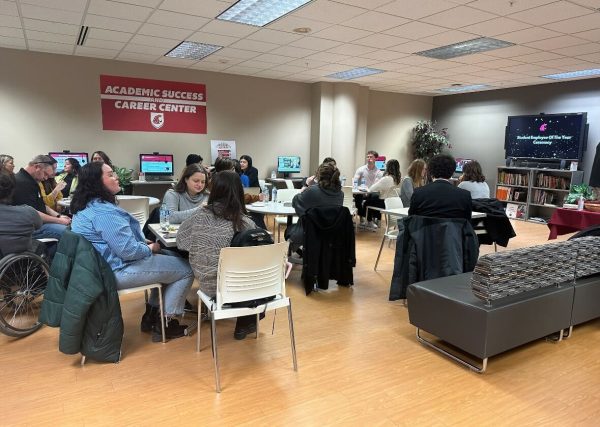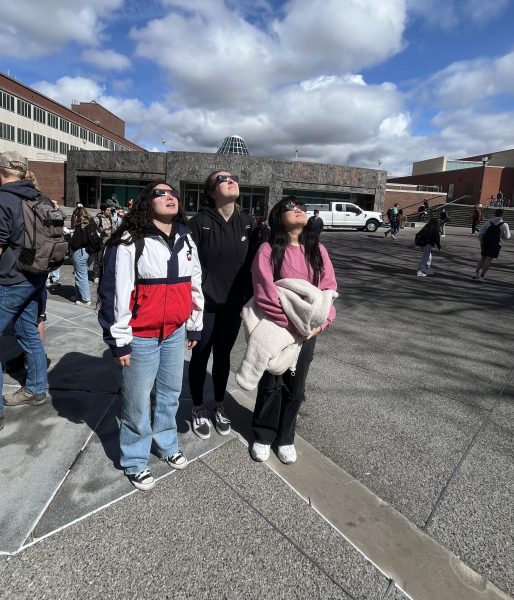Influencing viewpoints
November 5, 2013
American citizens’ views toward conflict are influenced by many different factors, including non-traditional sources by way of the media, a George Washington University professor said.
Danny Hayes, an assistant professor from GWU, discussed the media’s effect on peoples’ beliefs about war as part of the Foley Institute’s Coffee and Politics series Monday at Bryan Hall.
The media plays a role as the gate keeper of political decisions, Hayes said.
“People take cues from like-minded party elites,” Hayes said. “Party leaders (Democrat or Republican) are determinative of peoples’ attitudes.”
He said while some people are swayed by the opinions of their favorite political leaders, there are those who resist such dominating views.
He cited former professional football player Pat Tillman as an example of this. Tillman enlisted in the U.S. Army after the Sept. 11 terrorist attacks. He deployed on numerous tours of duty fighting in Iraq and Afghanistan.
Before his death in 2004, Tillman kept a journal. It was in that journal where Tillman expressed his opposition to the United States decision to go to war with Iraq.
“We have little or no justification other than our imperial whim,” Hayes said, quoting Tillman’s journal.
However, it isn’t just political party leaders influencing thought. International groups have an impact as well, Hayes said.
A study Hayes conducted in November 2012 analyzed about 700 Americans on how they would respond to a fictional situation. This study asked participants if they would support a proposal by President Barack Obama to execute air strikes against Iran based upon various arrangements of information.
The data revealed that if U.S. Speaker of the House John Boehner and the United Nations (U.N.) were for air strikes against Iran, 66 percent of responders would support Obama’s proposal.
A 12 percentage point drop occurred when the U.N. was against air strikes against Iran and Boehner remained supportive. However, when both Boehner and the U.N. displayed approval, the previous figure rose by 4 points to 58 percent.
“By comparing the levels of support among these different groups, we can then see whether simple variations affect their attitudes,” Hayes said. “If there’s no differences in terms of their level of support, then that means that elite alignment has no influence.”
Hayes emphasized how foreign political entities such as NATO, the U.N. and the United States’ various foreign allies are instrumental in forming people’s views despite their party affiliation.
Social movements and interest groups are also influential factors in shaping American citizens’ perspectives about war, he said.
Michael Salamone, an assistant professor with the WSU School of Politics, Philosophy and Public Affairs said he appreciated Hayes’ insight on the correlation between Americans’ views about war and the conclusions people might make when particular figures are presented.
“The fact that party-cues don’t explain everything; I think that’s one of the more interesting findings,” Salamone said.
Richard Elgar, assistant director of the Foley Institute, believes Hayes’ created a dialogue that allows for people to ponder on their own resolutions in regard to partisanship persuasion.
“It also shows another way polarized views are held between partisans of different parties,” Elgar said.





















